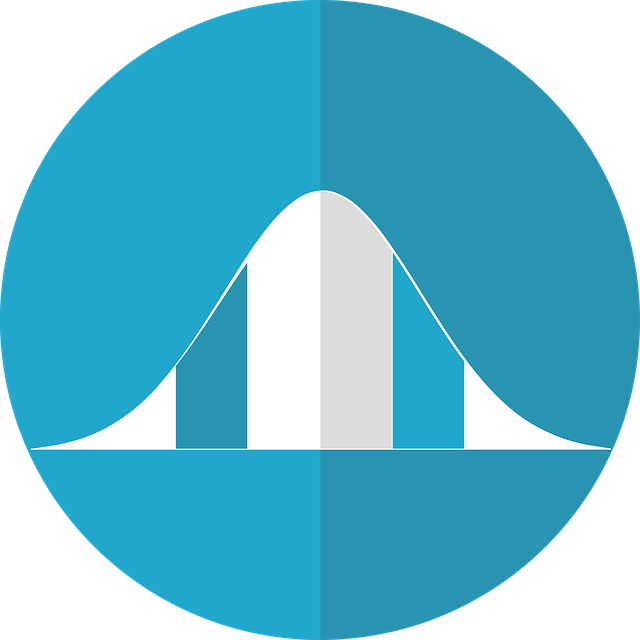The Expected Return is a weighted-average outcome used by portfolio managers and investors to calculate the value of an individual stock, or an entire stock portfolio.

Expected Return of an individual stock
A stock analyst has conducted a thorough amount of research on company XYZ and has come up with the following conclusion: XYZ could experience on of the following outcomes:
1. Rise 15%
2. Rise 25%
3. Fall 5%
The analyst has also concluded that:
- Scenario 1 has a 55% of occurring
- Scenario 2 has a 35% chance of occurring
- Scenario 3 has a 10% chance of occurring
Using the above information, the stock analyst can make a more accurate prediction using all three scenarios in a weighted average to calculate the “Expected Return” as follows:
where:
E[R] = Expected return of the stock
N= Number of scenarios
Pi= Probability of state i
Ri= Return of the stock in state i.
In simpler terms, Expected Return is equal to the sum of all the different outcomes calculated by multiplying the probability of each individual given return by their corresponding probability.
In our example:
E[R] = (0.15*55%) + (0.25*35%) + (-0.05*10%) = 0.0825+0.0875-0.005 = 0.165
Based on using all the given scenarios, the stock analyst has concluded that XYZ has expected return of 16.5%.
Expected Return of a Portfolio
After a prudent analysis of all stocks in a client’s portfolio, the stock analyst has come up with the expected return of individual US equities, as well as the weight of each asset (that is, the share of each asset in the portfolio) which is summarized below:
| Stock | Expected Return | Weight of stock in total portfolio |
| Apple Corp (AAPL) | -6% | 15% |
| Wal-Mart (WMT) | 18% | 20% |
| Google (GOOG) | 29% | 35% |
| Amazon.com (AMZN) | -16% | 10% |
| Exxon Mobile (XOM) | 3% | 20% |
| Total = 100% |
Expected Return of portfolio is computed as follows:
Where
E(Rp) = Expected return on the portfolio
Ri = Return on asset i
Wi= Weighting of component of asset i
In simpler terms, Expected Return of Portfolio = Sum of all Returns multiplied by their individual weights
E(Rp) = (-0.06*15%) + (0.18*20%) + (0.29*35%) + (-0.16*10%) + (0.03*20%) = -0.009 + 0.036 + 0.1015 – 0.016 + 0.006 = 0.1185
Based on the given returns and weighting of each stock, the portfolio manager has concluded that the portfolio has an expected return of 11.85%
Conclusion
Expected Return provides a mathematical answer when combining all the given scenarios of a stock (or portfolio) performance.
The actual return of a stock may be one of the given scenarios, but it is also possible that the actual return will not be close to a predicted scenario.
Portfolio managers and investors need to closely keep track of all assets owned and take immediate action when required.
An investor might consider selling an asset if it exceeds the Expected Return, or if the Expected Return is disappointing.
If a stock is declining but an investor is confident in his analysis, then it might present a good opportunity to purchase additional shares, to hopefully make some money in the future.
Key Words: Expected return, Expected return of stock, Portfolio expected return, Probability, Rate of return,

 Is a Career in Finance Right for You?
Is a Career in Finance Right for You?
